When I first played Pilgrim’s Run back in I think the summer of 2004, I wondered why it wasn’t considered one of the best courses in the state. 15 years later, it’s rated a bit more highly (at least by Golfweek, which has it as the #10 public course in the state as of summer 2020), but I still think it’s underrated. For me, this is one of the top 5 public courses in the state, in the same company as the Loop and the South Course at Arcadia Bluffs.
Why do I think this? Well, because of everything. It's beautiful. Tee to green, it’s very strategic. Often, you need to skirt fairway bunkers or play close to some other type of trouble to shorten approach shots and open up the best angle to greens. And the greens are one of the best sets on any course in the state, both in terms of the shaping of the complexes and the surface contours. Some have relatively simple contours (1, 5, 9), others have broad shoulders and tiers (2, 11, 15, 17), and, my personal favorite, some are on a relatively flat plane but are full of random little contours (3, 12). There’s so much variety in these greens and they never become over-the-top, which is unfortunately an issue with DeVries’ two best Michigan courses, the Kingsley Club and Greywalls.
The course starts with one of its four excellent par 5s, altogether one of the best sets in the state. It’s not a long par 5 and if you’re a good hitter, you can set yourself up to go for the green if you skirt the left fairway bunkers. But if you’re a long hitter and you push the ball, you’ll probably end up in one of the right fairway bunkers. If you pull off the tee shot, you’ll be able to go for the green, but you’ll have a serious challenge in two large white pines just right of the fairway. These are perfect trees for this kind of shot because they’re very tall, but not spreading; if you have some skill, you can easily shape a shot around them. It’d take a few playings to figure out the right tee ball to avoid having to shape it around them, but it’s still a manageable shot if you must. If you’re laying up, the longer and further left you go, the more the angle of the green opens up. This is one of my favorite opening holes in the state.
Why do I think this? Well, because of everything. It's beautiful. Tee to green, it’s very strategic. Often, you need to skirt fairway bunkers or play close to some other type of trouble to shorten approach shots and open up the best angle to greens. And the greens are one of the best sets on any course in the state, both in terms of the shaping of the complexes and the surface contours. Some have relatively simple contours (1, 5, 9), others have broad shoulders and tiers (2, 11, 15, 17), and, my personal favorite, some are on a relatively flat plane but are full of random little contours (3, 12). There’s so much variety in these greens and they never become over-the-top, which is unfortunately an issue with DeVries’ two best Michigan courses, the Kingsley Club and Greywalls.
The course starts with one of its four excellent par 5s, altogether one of the best sets in the state. It’s not a long par 5 and if you’re a good hitter, you can set yourself up to go for the green if you skirt the left fairway bunkers. But if you’re a long hitter and you push the ball, you’ll probably end up in one of the right fairway bunkers. If you pull off the tee shot, you’ll be able to go for the green, but you’ll have a serious challenge in two large white pines just right of the fairway. These are perfect trees for this kind of shot because they’re very tall, but not spreading; if you have some skill, you can easily shape a shot around them. It’d take a few playings to figure out the right tee ball to avoid having to shape it around them, but it’s still a manageable shot if you must. If you’re laying up, the longer and further left you go, the more the angle of the green opens up. This is one of my favorite opening holes in the state.
The second hole is a pleasant, bunkerless tee shot over a ridge, then downhill to a green fronted by a small pond. The green sits nicely on the right-to-left sloping ground, with a spine on the right to help you work the ball to back-left hole locations.
Although I didn’t like it when I first played the course, the third has become one of my favorite holes. It seems quite tight off the tee with a big, forked white pine on the left side at the edge of some wetlands. There’s room to play out to the right, so long as you don’t hit it too far into fairway bunkers. But bailing out to the right comes at a cost—there are overhanging oaks short of the green that block a second shot from the right rough. It’s not severe because you can play under them with a little finesse. But if you want to avoid that, you’ll have to skirt the white pine off the tee.
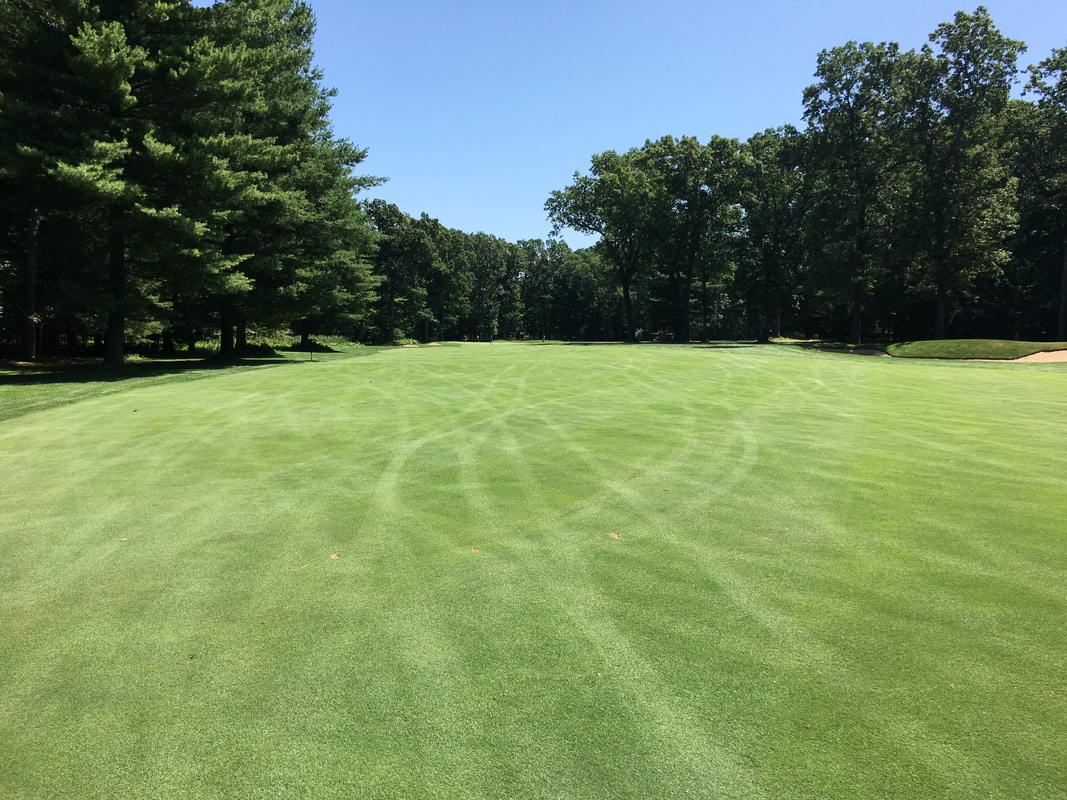 If you succeed, you'll have this open shot to the green. If you push it right, you might end up in a fairway bunker and you'll have to contend with overhanging oak limbs.
If you succeed, you'll have this open shot to the green. If you push it right, you might end up in a fairway bunker and you'll have to contend with overhanging oak limbs.
The green has to be one of my favorite surfaces in the state. It’s on a flat plane, just above the level of the wetlands to the left. But it gradually slopes front right to back left and has some of my favorite, random interior contours. It’s pretty hard to describe and the picture doesn’t do it justice. But it ties in beautifully with the surroundings and with the great tee to green strategy, makes for a great hole.
The fourth is a simple short par 3 with a bowl shaped green. The fifth is a medium length par 4 with an innocuous-looking tee shot, but one with simple logic behind it that the view from the tee hints at. The hole doglegs left and there’s clearly lots of open area to the right. So you should probably hug the left to have the better approach shot. Yep; the green is slightly elevated and deep but narrow. So it’s important to have a reasonable length second shot. But it’s open in front, so you can run the ball on the green even if you hit a weak drive to the right.
Several people have pointed to the short par 5 sixth as one of the best on the course and it is. There’s a big fairway bunker in the right-center of the fairway and you get the sense that because the hole doglegs right, you should either try to carry this bunker or skirt it if you can’t. And that’s correct; if a good player hits a good tee shot, they’ll easily be able to reach the green.
But that’s still a very difficult shot—uphill, over a bunch of beautifully shaped bunkers. The green is deep enough and receptive enough to hold a well struck 220 yard approach, but the hole also works very well if you lay-up. If you’re laying up short, you need to get your shot out to the right. But you can also do a quasi-lay-up, where you try to get the ball 40 yards from the green by skirting the bunkers. Whatever you decide to do, the hole sets a good challenge.
The seventh is a medium-long par 3 to a large bowl shaped green. There are only 3 par 3s at Pilgrim’s Run and they’re definitely the course’s weakness. I’m a big fan of courses with 5 or even 6 par 3s because it’s so easy to create variety with them. But in addition to only having 3, none of Pilgrim’s Run’s 3 par 3s is a standout.
The final two holes on the front are short-medium length par 4s. Eight is very tricky; you have a semi-blind carry over a fairway bunker on the left if you want to get close to the green, or you can bail out right (which would be my recommendation). The green is shaped a bit like an apostrophe, with a front right tier surrounded by bunkers and short grass (very similar to the eighth green at Greywalls). The green site is a bit small and severe. The ninth is a slight dogleg left, with a small green fronted by a deep bunker.
The final two holes on the front are short-medium length par 4s. Eight is very tricky; you have a semi-blind carry over a fairway bunker on the left if you want to get close to the green, or you can bail out right (which would be my recommendation). The green is shaped a bit like an apostrophe, with a front right tier surrounded by bunkers and short grass (very similar to the eighth green at Greywalls). The green site is a bit small and severe. The ninth is a slight dogleg left, with a small green fronted by a deep bunker.
The first three holes on the back nine constitute one of my favorite three hole stretches in Michigan. The short par 4 tenth takes you into a beautiful meadow between two handsome, mature white oak trees. The angle of the green opens up from the left and there’s a huge spine through the middle running from left to right. As usual on a short par 4, trying to drive it probably isn’t a good idea because it narrows as you get closer to the green and a miss wide likely means a punch-out under oak limbs.
The eleventh is the third of Pilgrim’s Run’s four excellent par 5. As with several holes, the look of the tee shot suggests what you should do. There are bunkers right…and if you’re a long hitter and you skirt them, you’ll be in good position to go for the front-right to back-left angled and sloping green. The approach to the green is really good; the fairway slopes right-to-left, which allows shorter hitters to use the contours to feed the ball onto the green. And the long hitter who can’t fly their second to the green can use these contours too. I think that this is a great par 5 because it offers challenges and opportunities for all levels of golfers.
The twelfth is a bit odd, but all the better for it. There are two fairway bunkers in the right middle of the fairway. They’re not too tough to carry if you play the right set of tees, but they obscure the landing area. So they create uncertainty but if you can get over that, they don’t really create trouble. The second shot is pretty simple looking—all short grass to the green. But you never go more than 200 yards at Pilgrim’s Run without something interesting and at the end of that short grass is, to me, one of the best green surfaces in the state. Like the third, it’s a bit hard to describe. There’s a spine running from left-to-right in the middle, with little bumpy contours on both sides. There’s a joyful randomness to it and I’d imagine that Mike DeVries was enjoying himself on the bulldozer when he created it.
The long par 5 thirteenth is tough. The green is shallow and benched on a hillside. If you don’t reach it, the ball will come 15 yards back down the hill. But where the thirteenth hole takes, the fourteenth hole gives, with a generous, bunkerless fairway and only one, front right greenside bunker. That brings us to the final par 3, number fifteen. This is my favorite of the three par 3s because the green sits on a nice small hill and is plenty challenging—it’s three-tiered, from low in the front to high in the back.
The medium-long par 4 sixteenth hole is one of the most beautiful holes on the course and also one of the best. We tee off downhill over something of a show-bunker to a wide fairway with a pond on the right and fairway bunkers on the left. We can see that the green is over the pond, tucked in a corner on the right. This suggests that we should play close to the pond to shorten the second shot. While this is true, the hole is very playable from anywhere but the far right part of the fairway.
I think that the approach to the sixteenth green is one of the best in the state. A lot of that is the aesthetics. But it’s not just that--it’s also the architecture, namely the shaping of the fairway into the green. The wide, short grass approach into the green has such a gorgeous sweep. It’s a great example of good shaping making a hole for both aesthetic and strategic reasons. One, it’s beautiful and harmonious with its surroundings but two, it enables you to run the ball on the small, simple green if you leave yourself a long second shot. I wish that there were more greens like this one at Kingsley (although there’s the twelfth) and Greywalls because like many holes at those courses, this one is challenging enough from tee to green that it doesn’t need a severe green complex.
The seventeenth is a tight and not particularly interesting hole but the eighteenth is neither of those things. As far as giving the golfer what they want, this has to be one of the best finishing holes in the state—it gives them the opportunity to try (and fail) to pull of the heroic long ball over the pond. I wouldn’t be surprised if per square foot, this pond is in about the top 5 for most golf balls for any pond in the state. But catnip for the vain and stupid aside, it’s a really good hole. If you don't have the distance to reach the green like 97% of the golfers who play here, the smart play is to go far left, where the two carts are in this photo. But you can’t bring yourself to go that far left (even though it only leaves a ~125 yard shot), so you go further right. Then you either end up in the fairway bunkers or worse, in the pond. It’s one of the most beautiful and tempting holes that I’ve played and that makes for a great finishing hole.
Because Pilgrim’s Run has been in a steady march up the Michigan rankings, I have some hope that eventually it will be seen as what I think it is: one of the five best public courses in the state and one of the 10 or 12 best overall. There’s too much strategy, too many interesting greens, and it’s too beautiful not to be up there. No one talks about it being in the same league as the Bluffs Course at Arcadia Bluffs or Greywalls, but it has fewer weaknesses than both of those courses, if not as high of highs. I think that its closest counterpart is Forest Dunes—a beautiful course over walkable terrain, with several excellent holes and few weaknesses. Hopefully the raters will come to see it in the same way that I do.
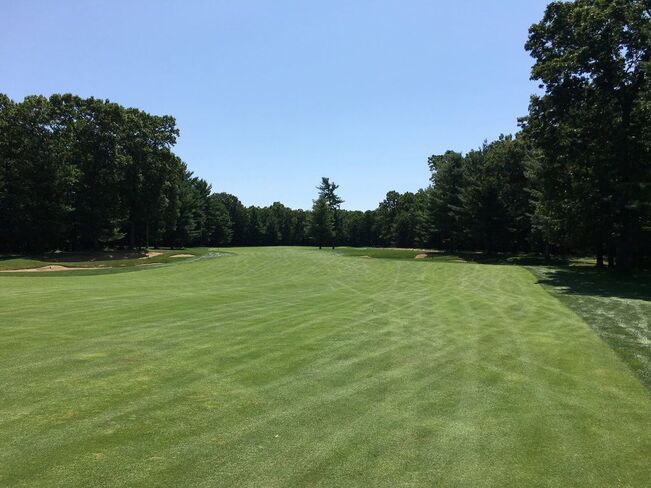
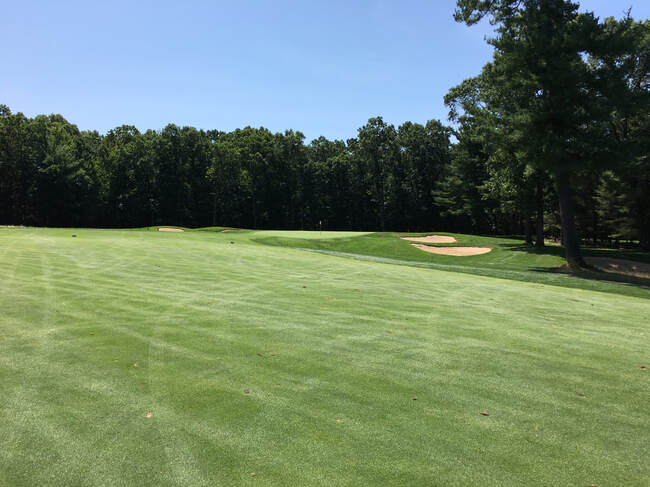
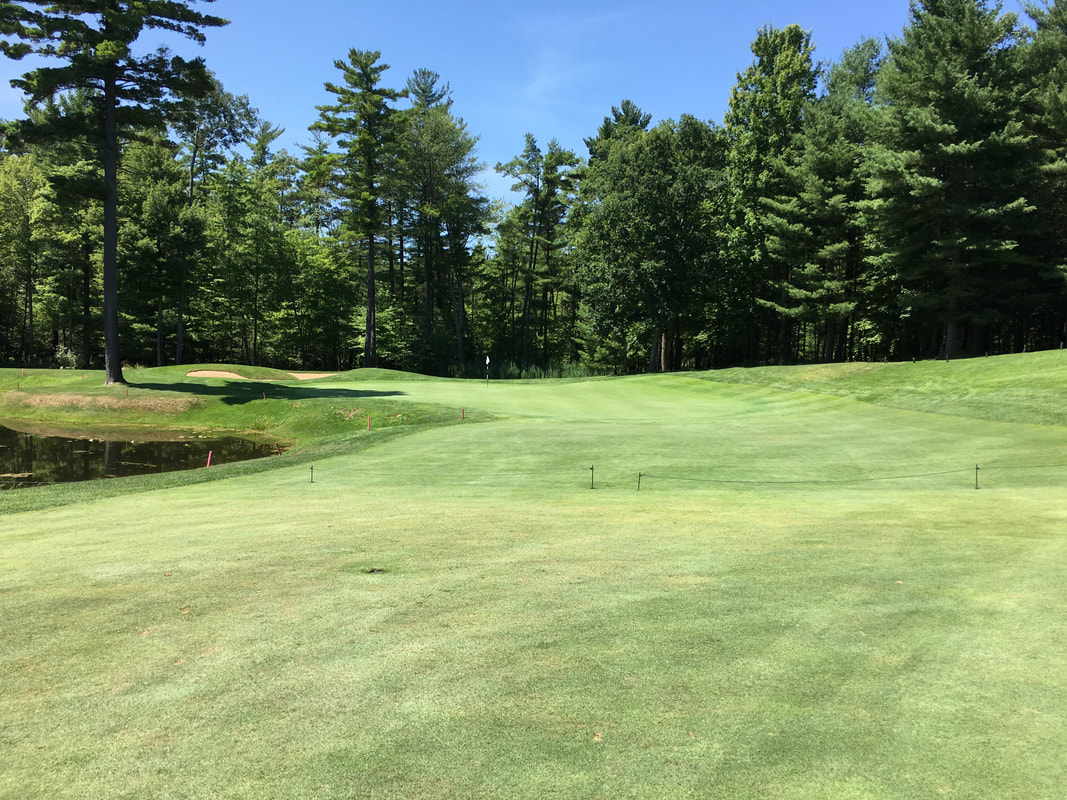
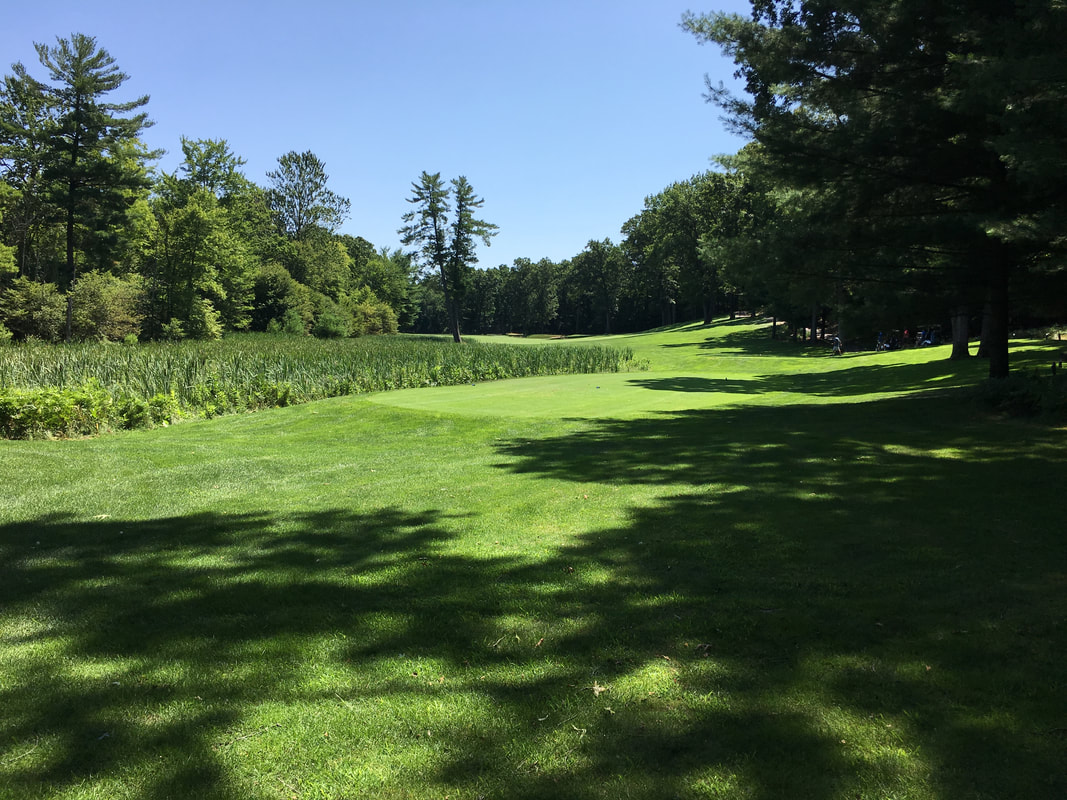
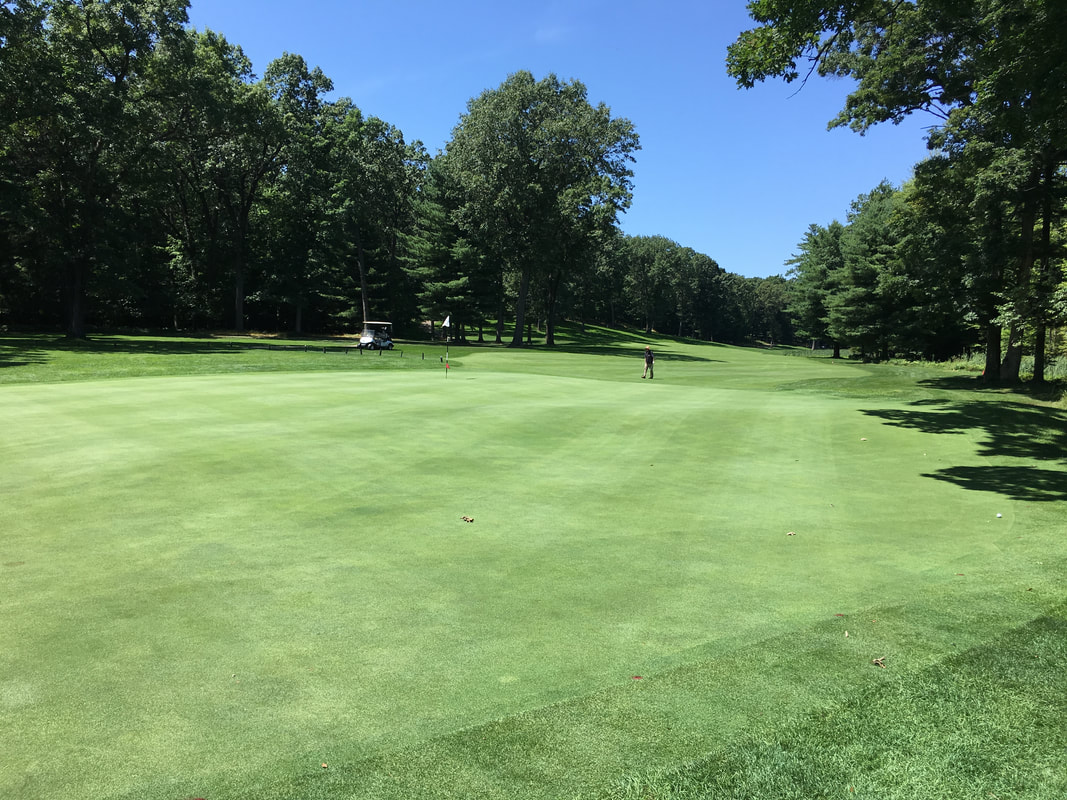
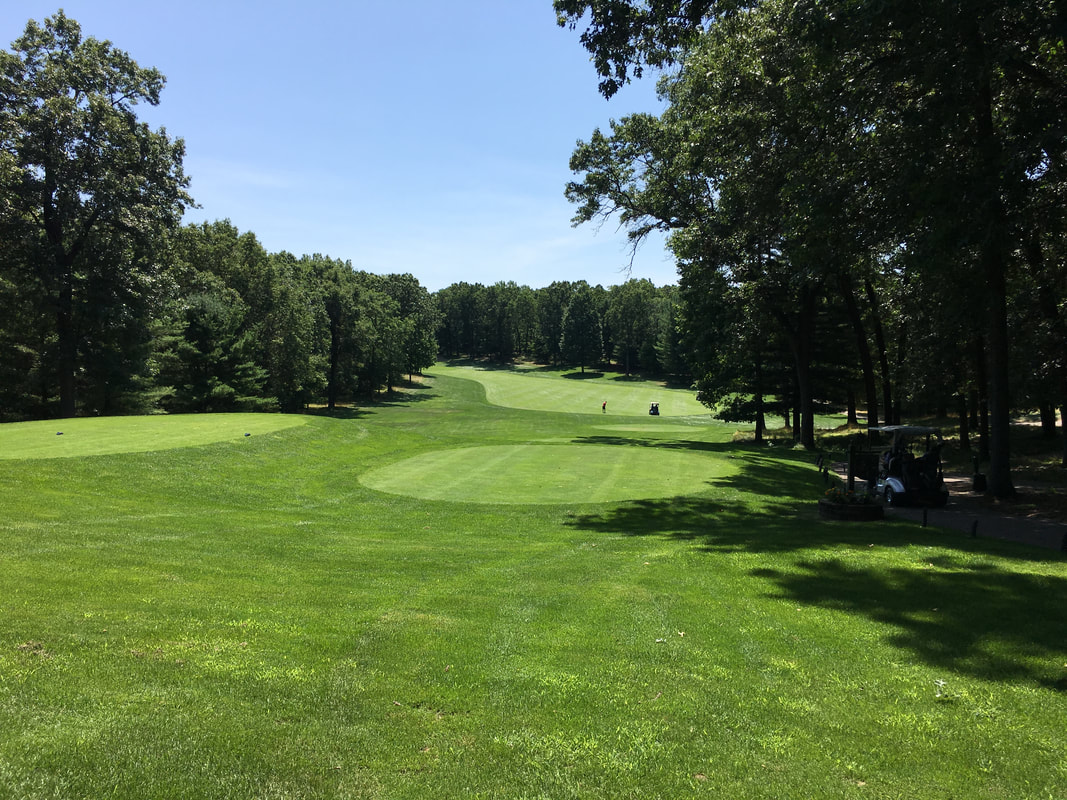
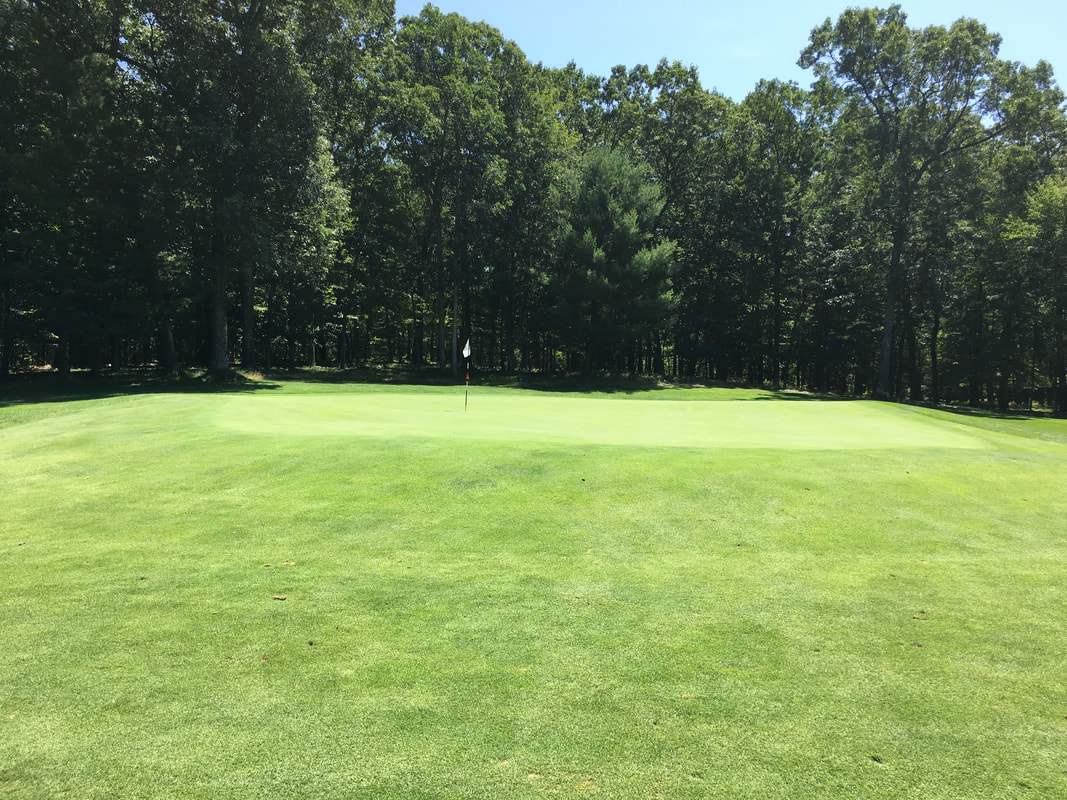
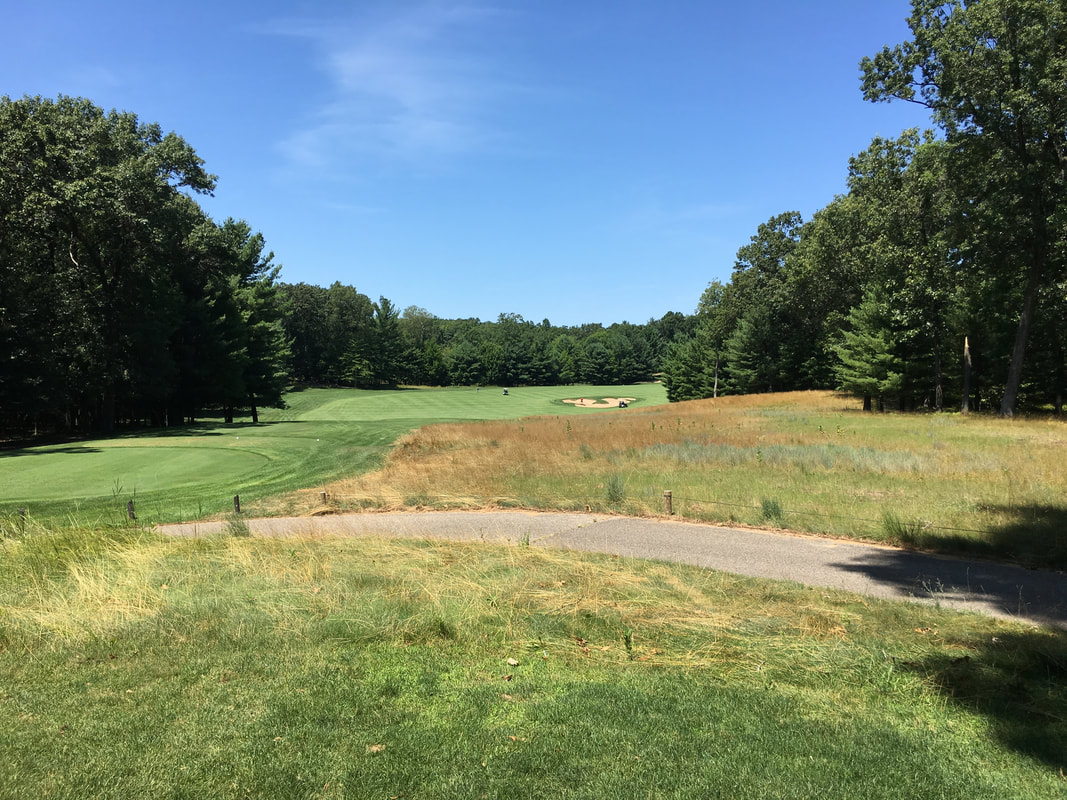
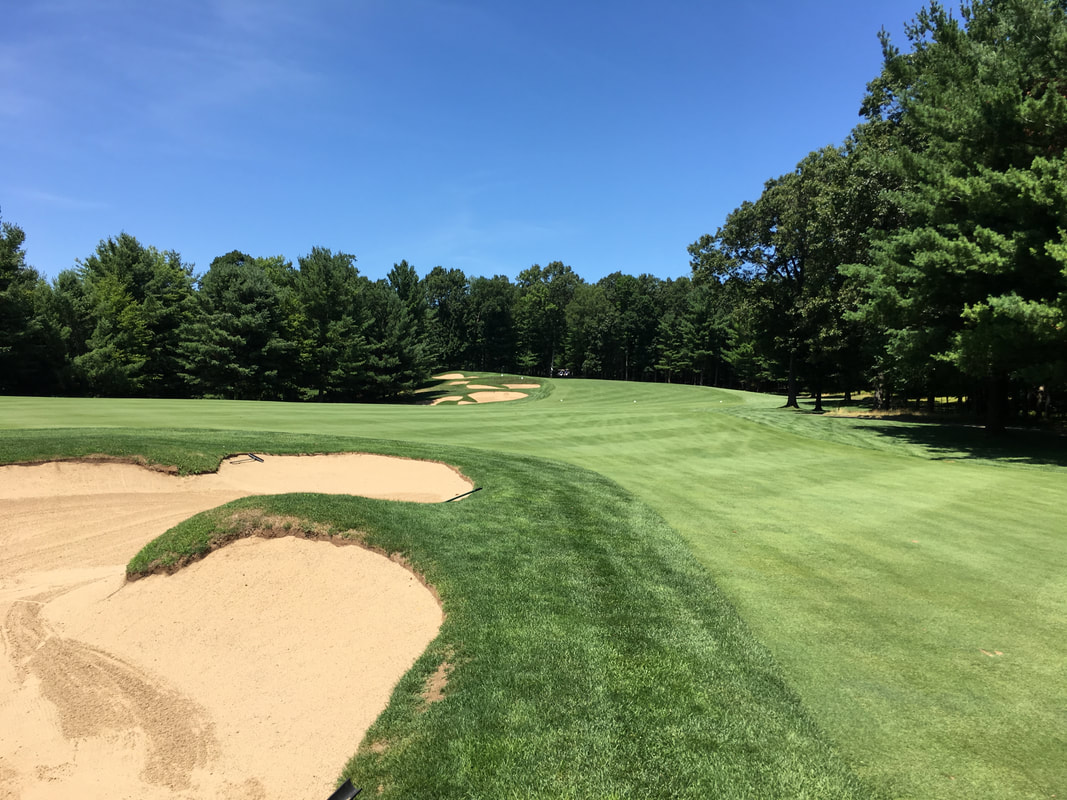
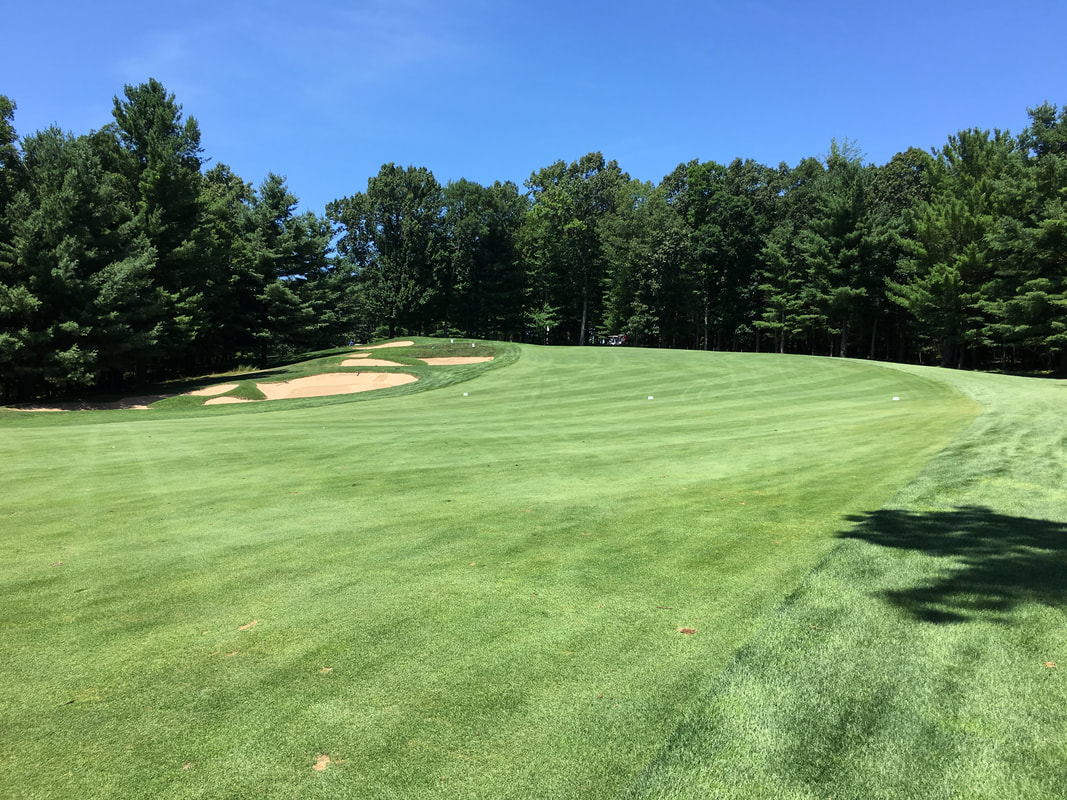
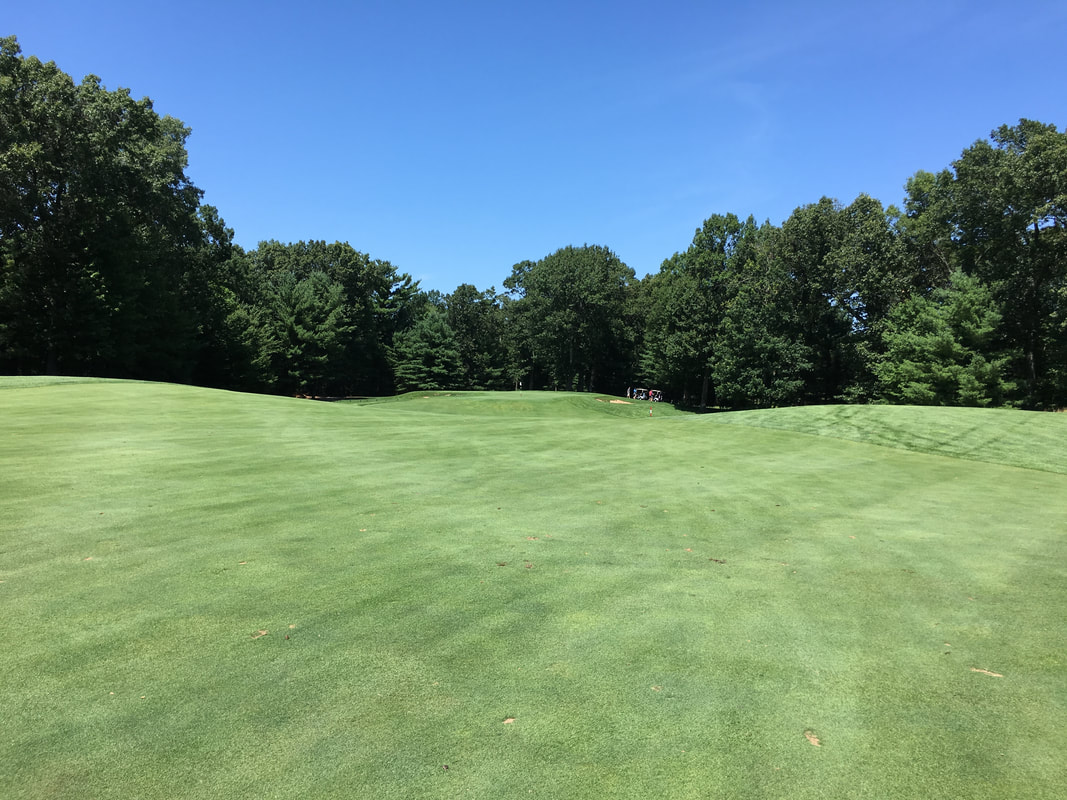
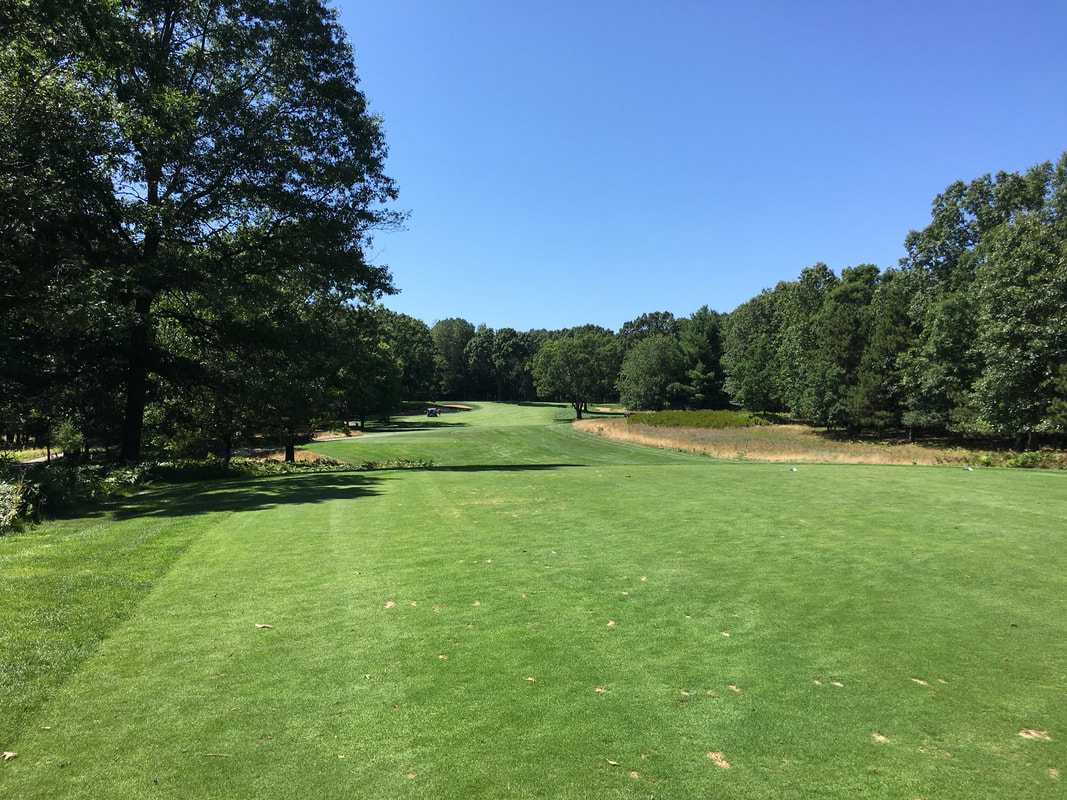
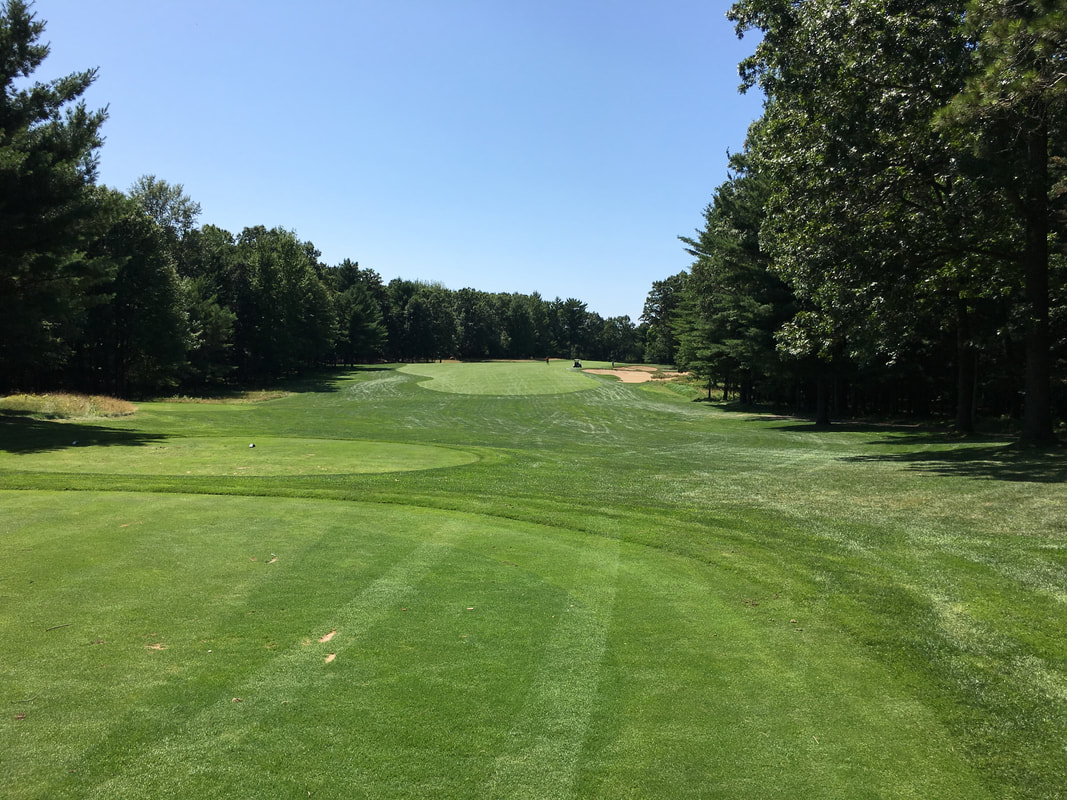
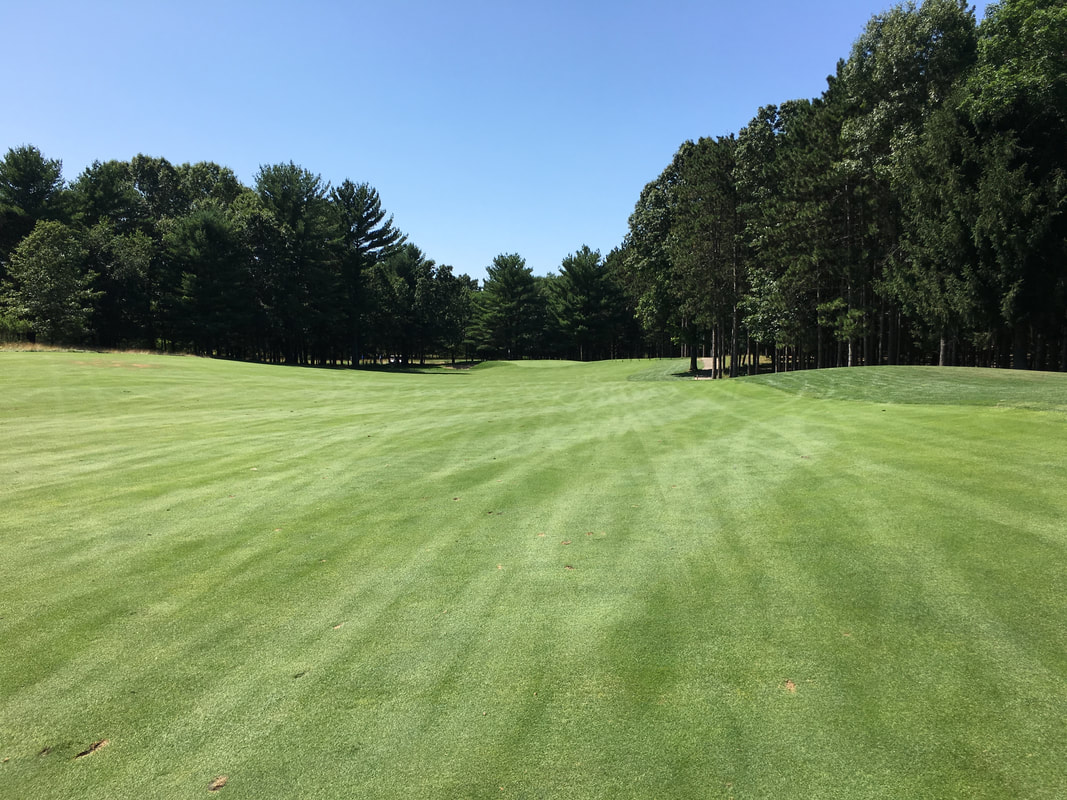
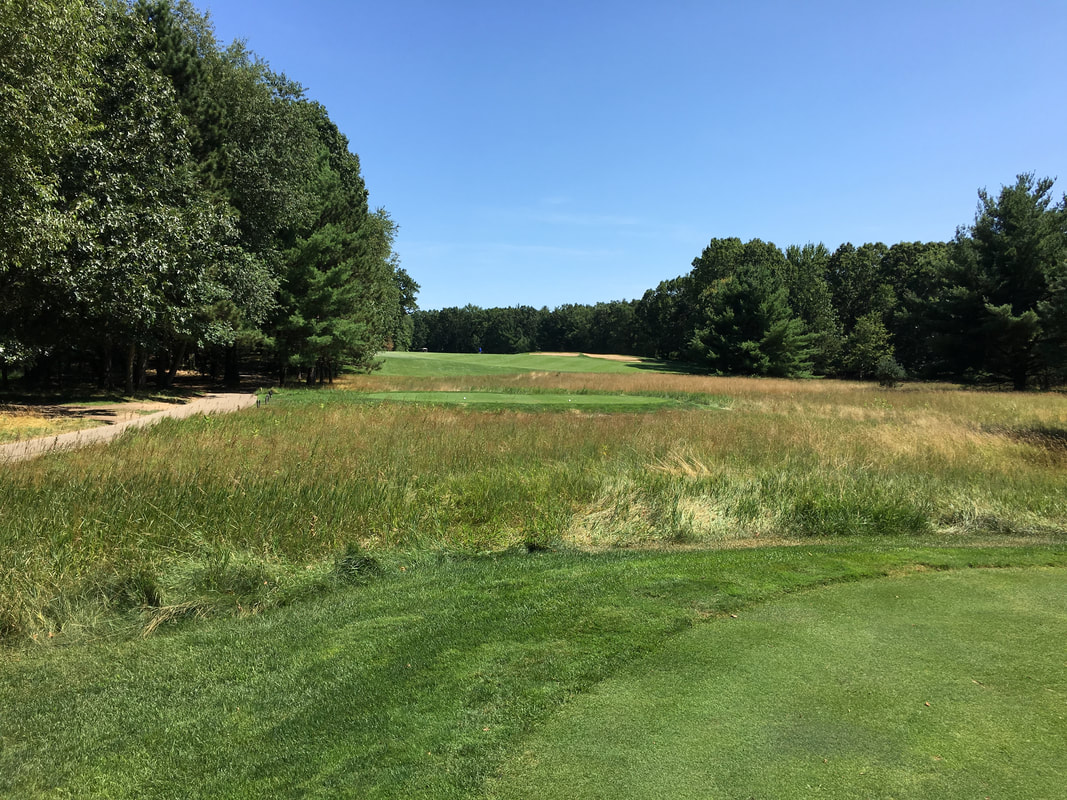
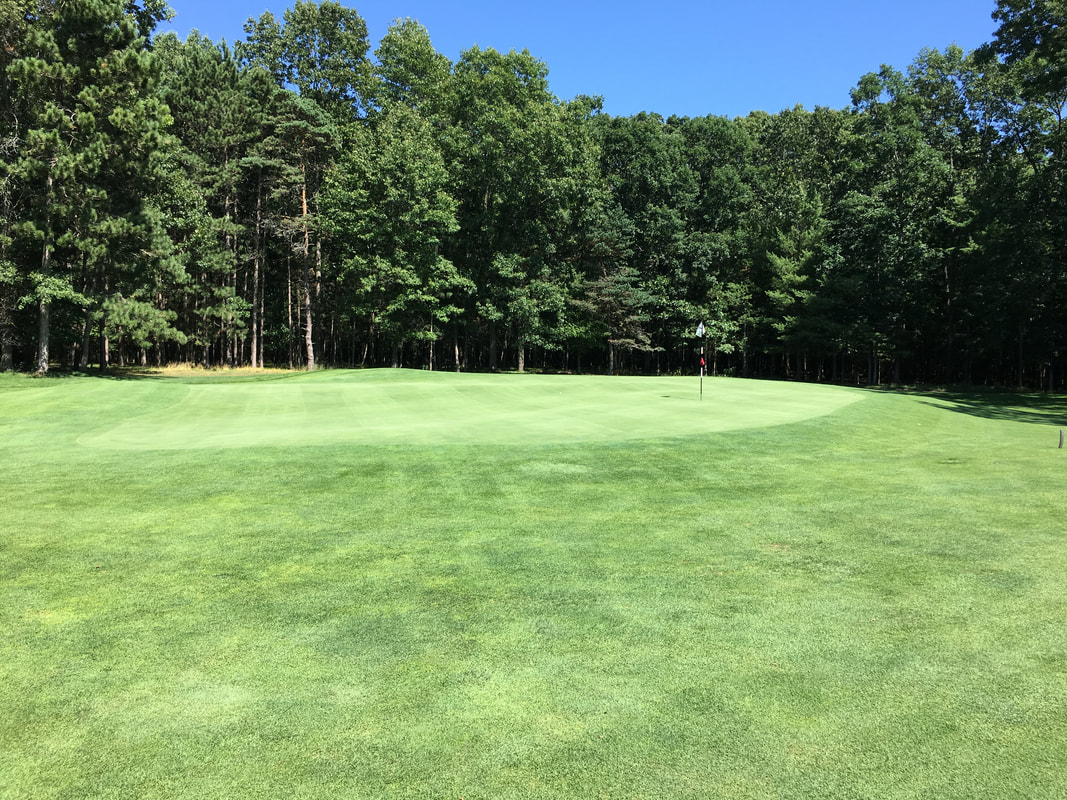
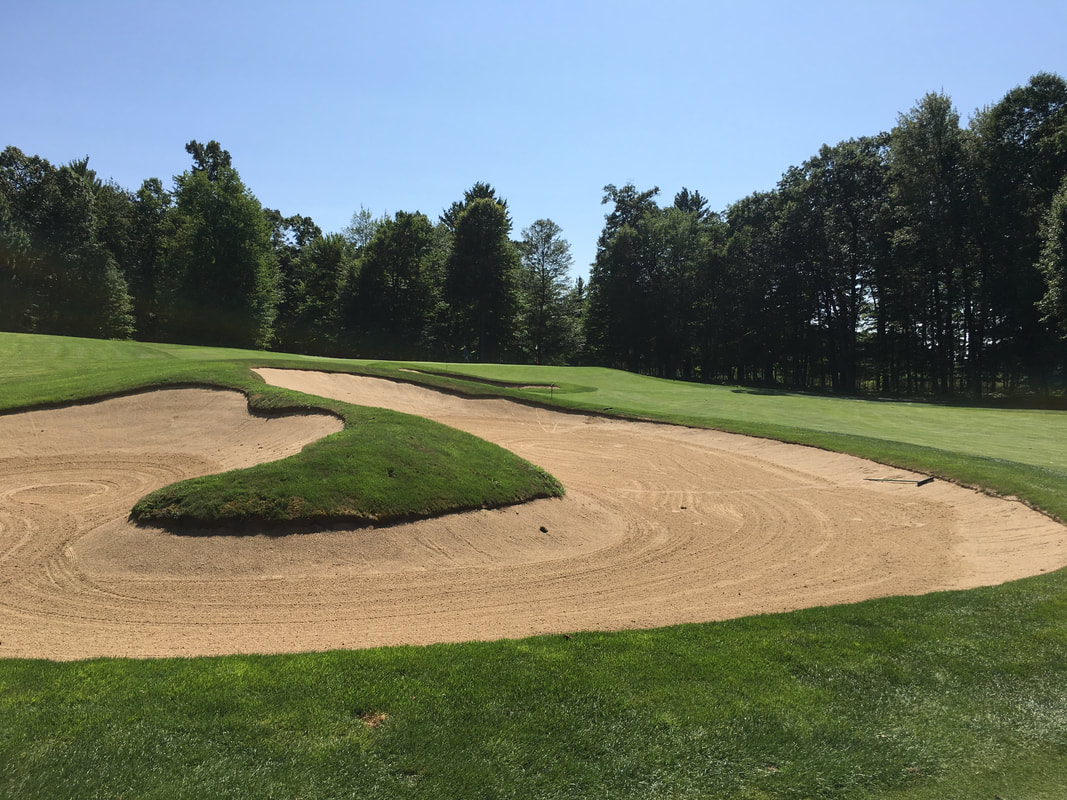
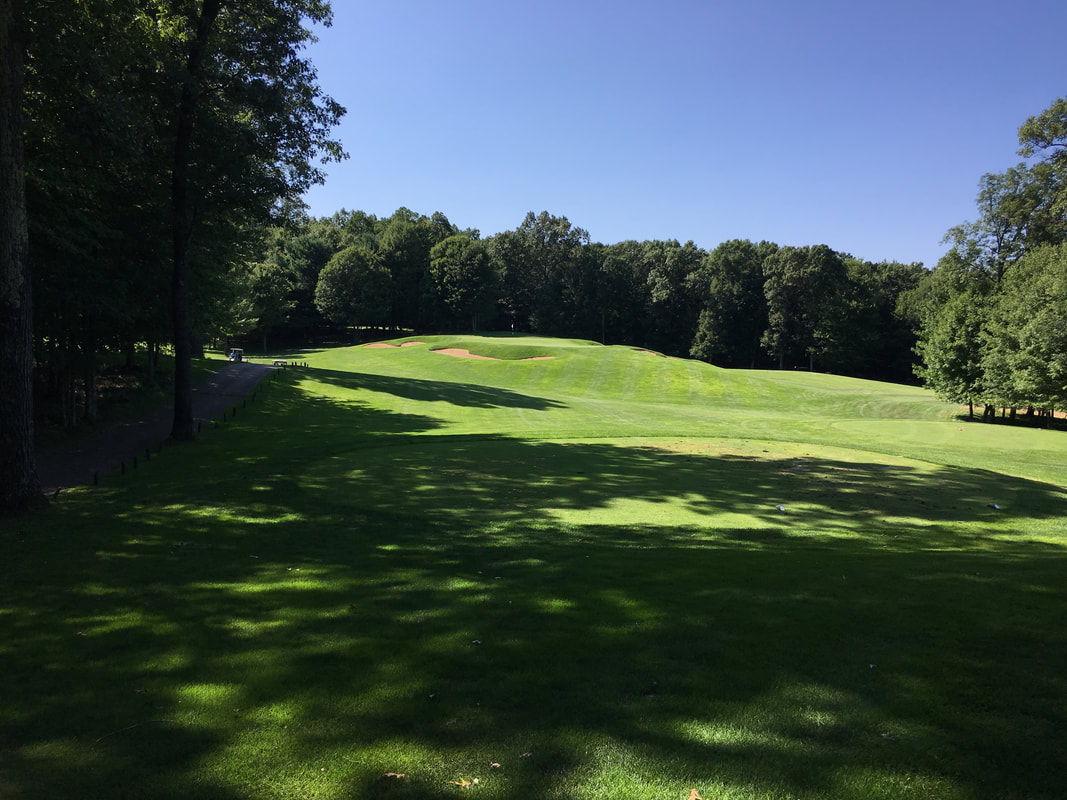
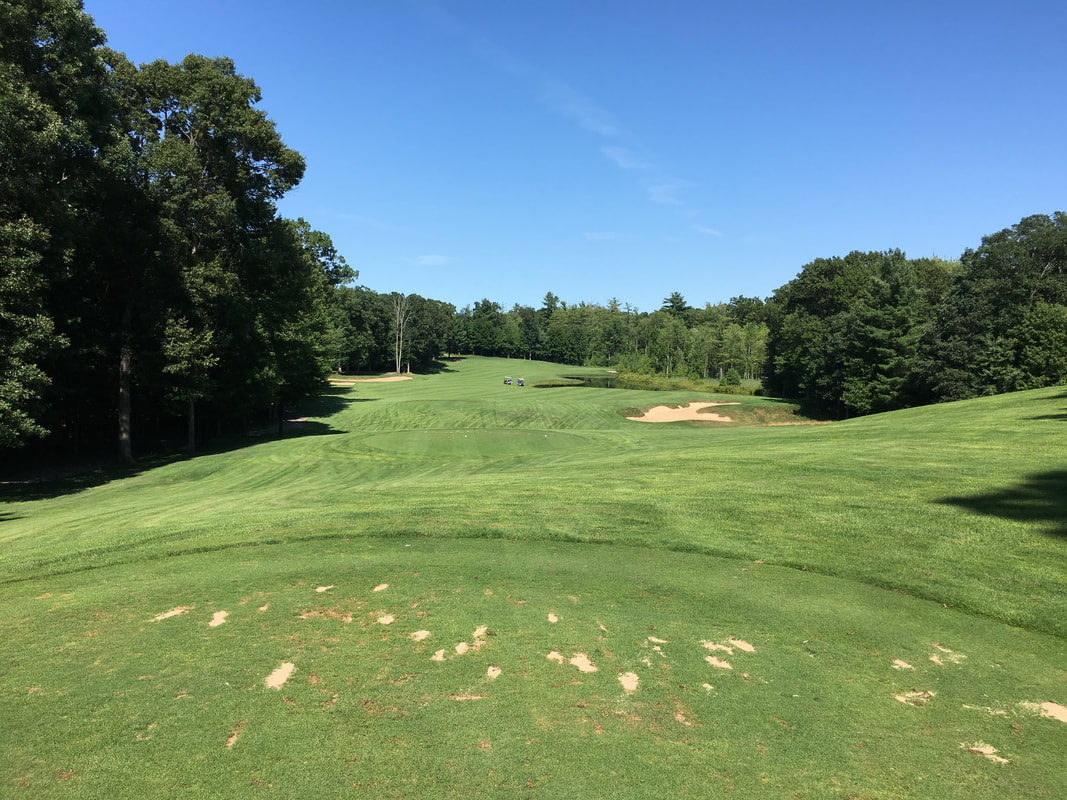
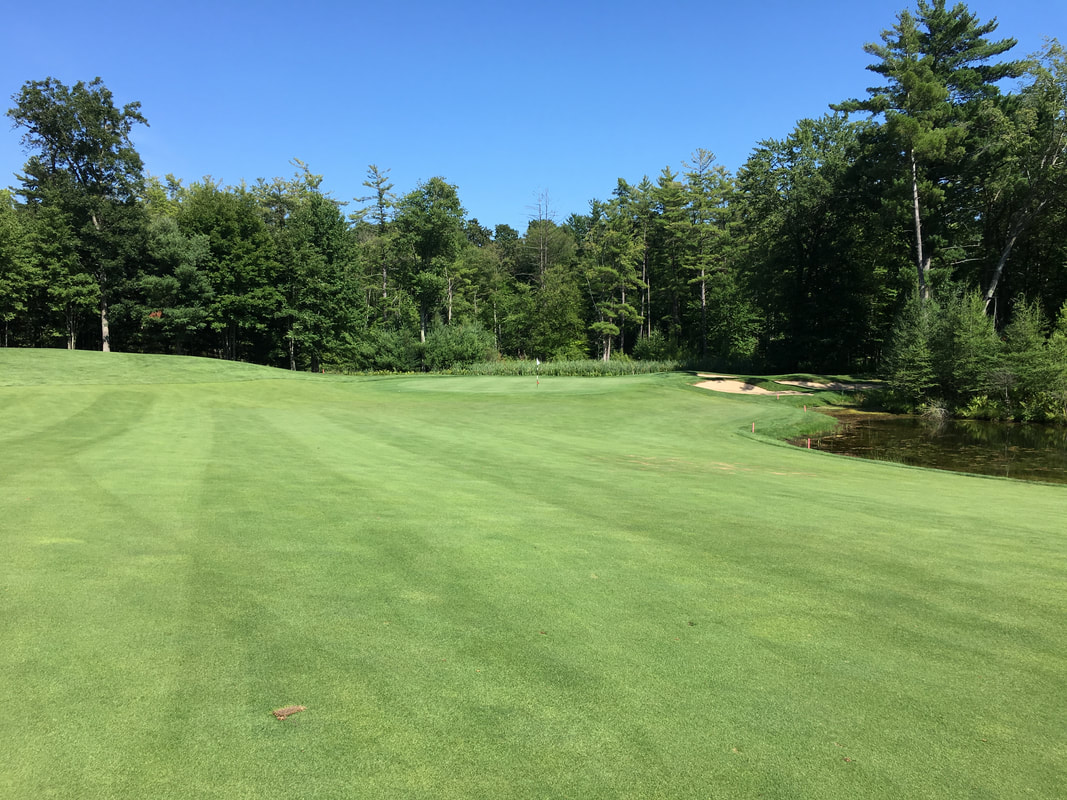
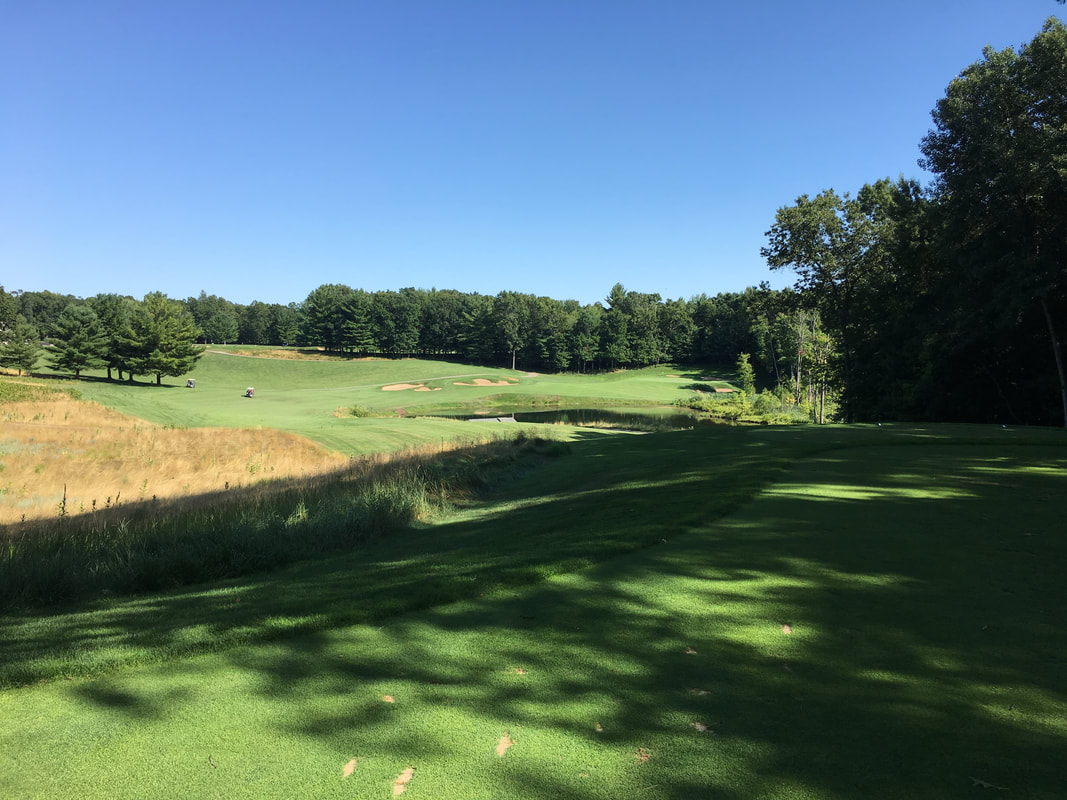
 RSS Feed
RSS Feed